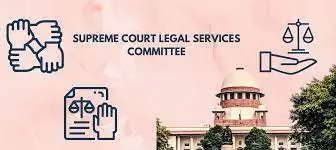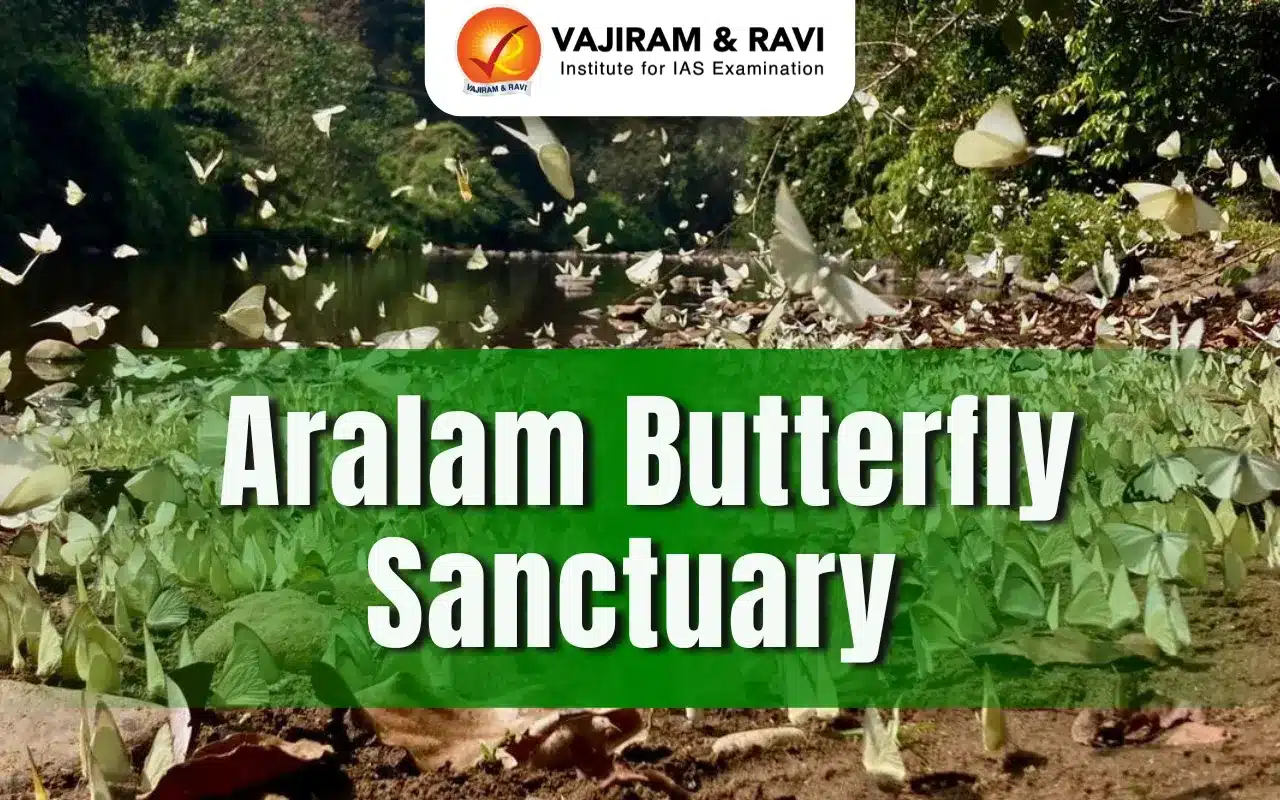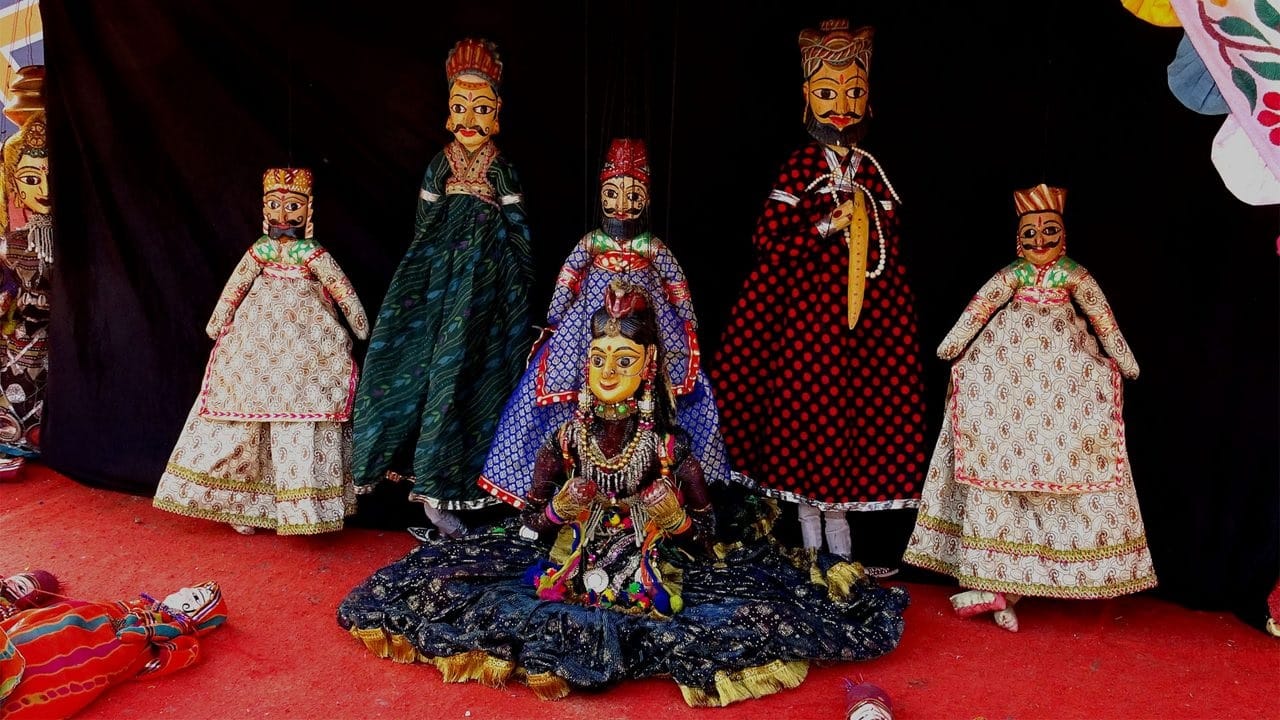About Supreme Court Legal Services Committee
- It was constituted under Section 3A of the Legal Services Authorities Act, 1987.
- It was to provide “free and competent legal services to the weaker sections of society”, in cases falling under the top court’s jurisdiction.
- Section 3A of the Act states that the Central Authority (the National Legal Services Authority or NALSA) shall constitute the committee.
- Composition
- It consists of a sitting SC judge, who is the chairman, along with other members possessing the experience and qualifications prescribed by the Centre.
- Both the chairman and other members will be nominated by the Chief Justice of India (CJI). Further, the CJI can appoint the Secretary to the Committee.
- The Committee, in turn, can appoint officers and other employees as prescribed by the Centre, in consultation with the CJI.
- Rule 10 of the NALSA Rules, 1995, entails the numbers, experience, and qualifications of the SCLSC members.
- Under Section 27 of the 1987 Act, the Centre is empowered to make rules in consultation with the CJI, by notification, to carry out the provisions of the Act.
Key facts about Legal Service Authorities Act
- It was enacted to give a statutory base to legal aid programmes.
- It aims to provide free and competent legal services to eligible groups, including women, children, SC/ST and EWS categories, industrial workers, disabled persons, and others.
- NALSA: Under the Act, NALSA was constituted in 1995 to monitor and evaluate the implementation of legal aid programmes and to lay down policies for making legal services available.
- A nationwide network has been envisaged under the Act for providing legal aid and assistance. It also disburses funds and grants to State Legal Services Authorities and NGOs for implementing legal aid schemes and programmes.
- State Legal Services Authorities (SLSA) were established to implement NALSA’s policies and directions, give free legal services to people, and conduct Lok Adalats.
- An SLSA is headed by the Chief Justice of the respective High Court and includes the senior HC judge as its Executive
- District Legal Services Authorities (DLSAs) and Taluk Legal Services Committees were established in districts and most taluks. Situated in the District Courts Complex in every district, each DLSA is chaired by the District Judge of the respective district.
- The Taluka or Sub-Divisional Legal Services Committees are headed by a senior civil judge.
Q1) What is the National Legal Service Authority (NALSA)?
NALSA has been constituted under the Legal Services Authorities Act, 1987, to provide free legal services to the weaker sections of society and to organise Lok Adalats for amicable settlement of disputes. The prime objective of NALSA is the speedy disposal of cases and reducing the burden on the judiciary. The Chief Justice of India is the patron-in-chief of NALSA, while the second senior most judge of the Supreme Court of India is the Executive Chairman.
Last updated on January, 2026
→ Check out the latest UPSC Syllabus 2026 here.
→ Join Vajiram & Ravi’s Interview Guidance Programme for expert help to crack your final UPSC stage.
→ UPSC Mains Result 2025 is now out.
→ UPSC Notification 2026 is scheduled to be released on January 14, 2026.
→ UPSC Calendar 2026 has been released.
→ UPSC Prelims 2026 will be conducted on 24th May, 2026 & UPSC Mains 2026 will be conducted on 21st August 2026.
→ The UPSC Selection Process is of 3 stages-Prelims, Mains and Interview.
→ Prepare effectively with Vajiram & Ravi’s UPSC Prelims Test Series 2026 featuring full-length mock tests, detailed solutions, and performance analysis.
→ Enroll in Vajiram & Ravi’s UPSC Mains Test Series 2026 for structured answer writing practice, expert evaluation, and exam-oriented feedback.
→ Join Vajiram & Ravi’s Best UPSC Mentorship Program for personalized guidance, strategy planning, and one-to-one support from experienced mentors.
→ UPSC Result 2024 is released with latest UPSC Marksheet 2024. Check Now!
→ UPSC Toppers List 2024 is released now. Shakti Dubey is UPSC AIR 1 2024 Topper.
→ Also check Best UPSC Coaching in India

















